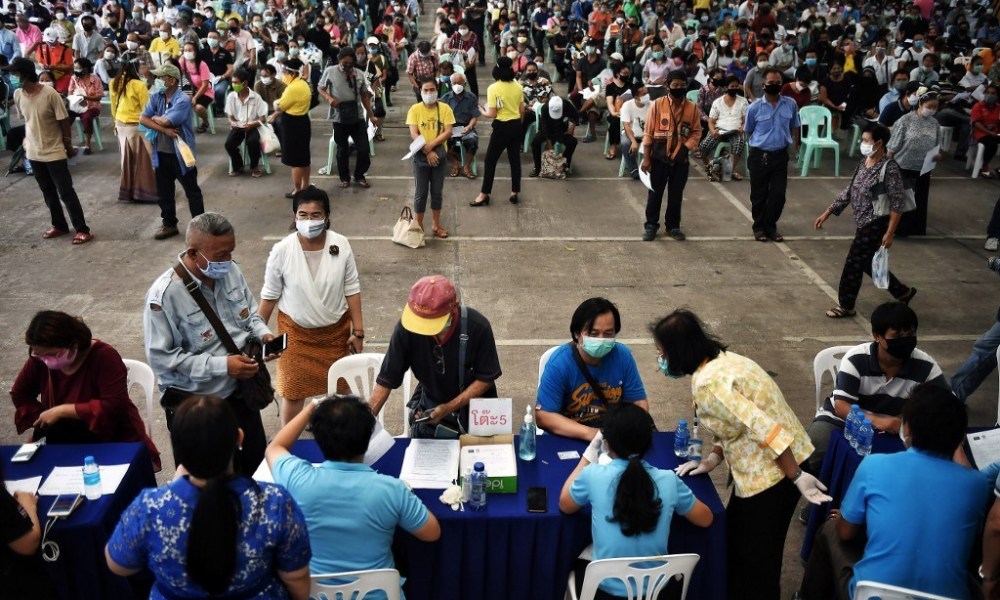Asian countries’ levels of resilience to the pandemic varied in line with their respective levels of economic development.
More developed economies with strong health care systems and financial reserves, such as Japan and South Korea, were naturally better prepared to manage the health and economic effects of the crisis.
Others with weaker infrastructure and lower average disposable incomes faced a more challenging proposition.
To take an example, while Myanmar has experienced strong economic growth in recent years – averaging 6.6% annually between 2010 and 2019, according to the IMF – and invested significantly in health care infrastructure, it still lags behind other economies in the region and was therefore vulnerable to any significant outbreak of the virus.
Institutional response
Aside from the medical crisis, governments and other key institutions in Asia responded to the subsequent economic fallout.
While all countries implemented some form of stimulus plan or state support package, these varied in scope and focus.
For example, stimulus measures released by Thailand’s government were proportionally the largest in the region, equivalent to 22% of GDP. This was closely followed by Malaysia, which offered support totalling 21% of GDP through its various packages.
These measures went far beyond most others in the region, with the fiscal stimulus offered by China (5%), Indonesia (4%), Vietnam (4%) and the Philippines (3%) being considerably lower.
Support funds were typically followed by central bank efforts to boost liquidity. Thailand, Malaysia, the Philippines and Indonesia all reduced their benchmark rates to record lows throughout 2020, at 0.5%, 1.75%, 2% and 3.75%, respectively.
The post Thailand and Malaysia led the region in terms of government stimulus appeared first on Thailand Business News.

